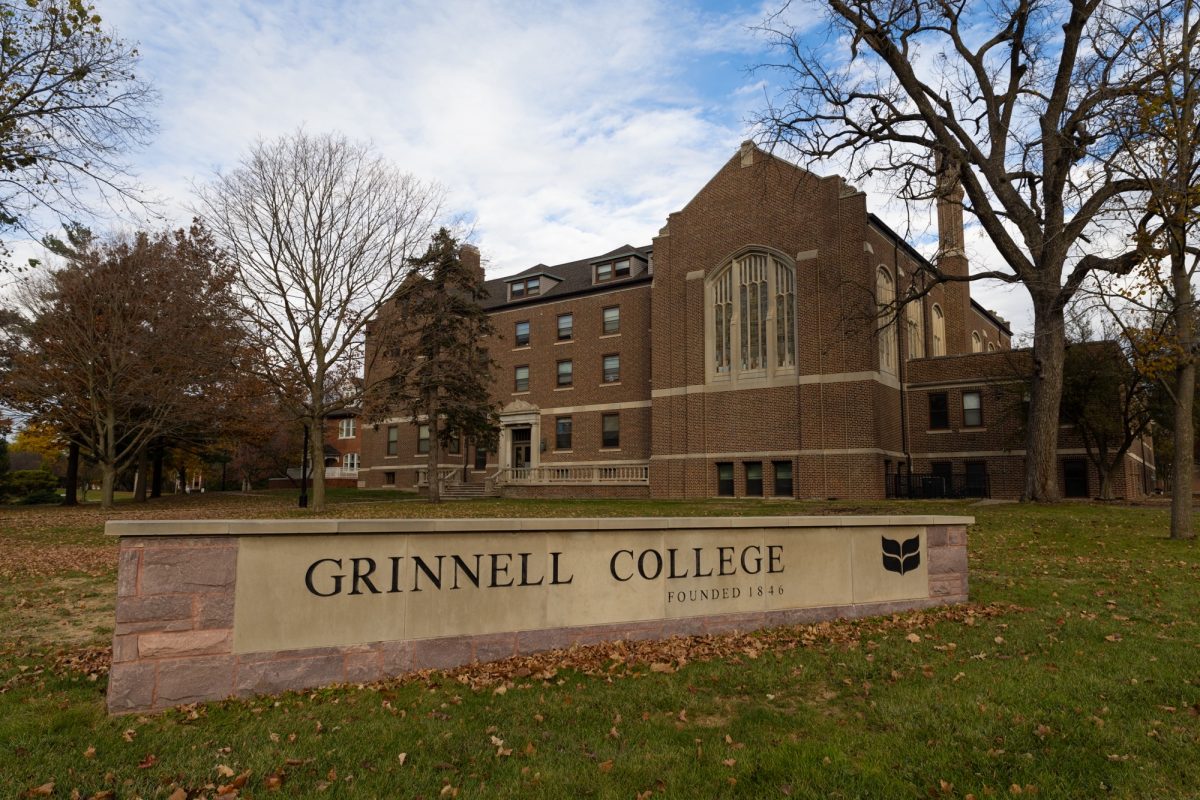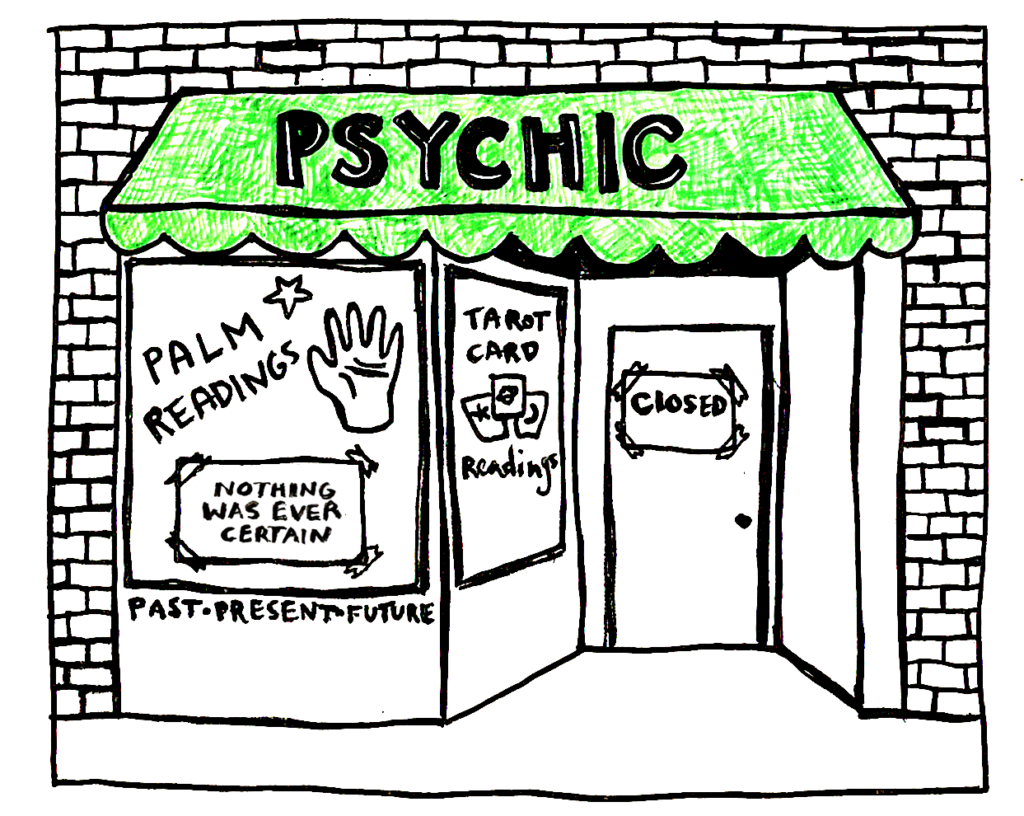Since Spring 2014, a group of interested students, faculty and staff have been meeting to discuss the possibility of starting a college fruit and vegetable farm, following three previous attempts in 2009, 2011 and 2012. During this time, several community members have come forward to offer the potential use of land that could be used for a farm. The Scarlet & Black supports implementing the steps required to create a college farm, including pouncing on the possibility of land acquisition and signing the Sustainability Plan, which would meet the promise President Kington made when he pledged to reduce Grinnell’s carbon footprint.
In 2011, to achieve greater sustainability, President Kington signed the American College and University Presidents’ Climate Commitment (ACUPCC). The College recently received an extension to develop the Climate Action Plan that is required to meet ACUPCC goals. A plan that would serve as the Climate Action Plan, called the Sustainability Plan, has been developed and proposed to President Kington earlier this year but it remains unsigned. A key component to the Sustainability Plan is to offer 20 percent “Real Food” in Dining Services, up from the 7 percent that is currently offered.
A farm at Grinnell would help to meet this goal because it would be organic and local, both criteria for “Real Food.” This is a perfect time to sign the Sustainability Plan and develop a farm because doing so would help to quash the identity crisis the College faces. Last year, Crane MetaMarketing was hired to give recommendations about changes Grinnell can implement to better present itself to prospective students. The Crane “Review and Reflection Paper,” the first summary of their findings, articulated 10 paradoxes that obfuscate how Grinnell presents itself. The third paradox, ‘Thriving on the prairie/stuck in the cornfield,’ is exemplified by a faculty member’s quote on page 17 of the report: “Grinnell transcends its geographical limitations in a beautiful way that attracts faculty and students from all over the world.”
This perception, that Grinnell is a great place to live and study despite being in Iowa, is precisely what Crane was hired to change in the first place. Creating a college farm would help us to transcend this self-defeating paradox because it would signal a shift towards a more rigorous and comprehensive place-based education. Growing sustainable food in our own backyard would move the conversation from, in the words of the Crane report, “Despite the cornfield…to Because of the prairie.”
The farm could be an invaluable site for student research and community outreach. For example, biology majors could use the farm to monitor the feasibility of sustainable agricultural techniques and sociology majors could do research on food-hub development. Our college farm would grow more than vegetables—it would produce students who have examined how food systems operate from the roots up. Using this interdisciplinary base, Grinnell students would have opportunities to learn about our home through the fertile soil underneath us and the agricultural harvest that Iowa is known for.
A farm would turn our constant apologies for being in the middle of a cornfield into pragmatic solutions to the problems our current agricultural systems faces. After all, it is because of the cornfields surrounding us that the College’s commitment to celebrating the prairie is so unique. The Center for Prairie Studies and the 365 acres of prairie and woodland at Conard Environmental Research Area (CERA) are important pieces of the puzzle, but they alone do not model the feasibility of growing food and native plants. Indeed, one is hard pressed to think of a more timely way to make the case for food and prairie than demonstrating how rows of cabbage and pumpkins can thrive in the midst of vast swatches of big bluestem and bur oaks.
But given that the administration seems to operate with a vision of Grinnell that is directed in large part towards improving its national reputation, it is worth noting the more prudent reasons for investing in such a resource. Many of our peer institutions, including Dartmouth College, Middlebury College, Colorado College and St. Lawrence University, have organic farms that accomplish the same goals we have—especially producing food for their dining services and providing opportunities for student research.
When President Kington signed the ACUPCC three years ago, he committed Grinnell to be a model for minimizing greenhouse gas emissions. Despite this signaled intention to exercise community leadership, the action plan that was presented to Kington remains unsigned. While creating a college farm would not be a solution to all of Grinnell’s environmental shortcomings, it would certainly be a step in the right direction and would improve our standing in relation to peer institutions who have signed, and acted on, the ACUPCC. To really understand just how behind this curve Grinnell is, consider that while Grinnell’s dining services uses just 7 percent “Real Food,” Macalester uses 20 percent and Carleton uses 23 percent.
It is important to note that building a farm is not a naive attack on agribusiness—ox-plows will not replace tractors and the farm will not be trying to make a profit. Rather, as mentioned before, the farm would provide Grinnell with a chance to illustrate that growing food and restoring the Midwest to its former beauty is not irreconcilable. In the process, students would be given the opportunity to participate in growing food for their community and do an array of research. At a time when the College is struggling to articulate its identity and further embrace, rather than ‘transcend’ its geographical location, creating a farm at Grinnell seems like a natural move.
Students interested in creating a college farm or getting the College to sign the Sustainability Plan should reach out to President Kington, the Trustees and the Student Environmental Committee to express why the College is currently failing to reflect their personal environmental commitments.

























































Crosby • Sep 7, 2014 at 7:49 pm
I like the idea of a farm. GC has a prairie (CERA) for learning. A farm could also be a learning experience in addition to bringing in locally grown, hopefully non-pesticide food. Still, it might be also good to try to use as much as possible two already existing local farms: Middle Way and Heritage Farm both of which are in or near Grinnell.